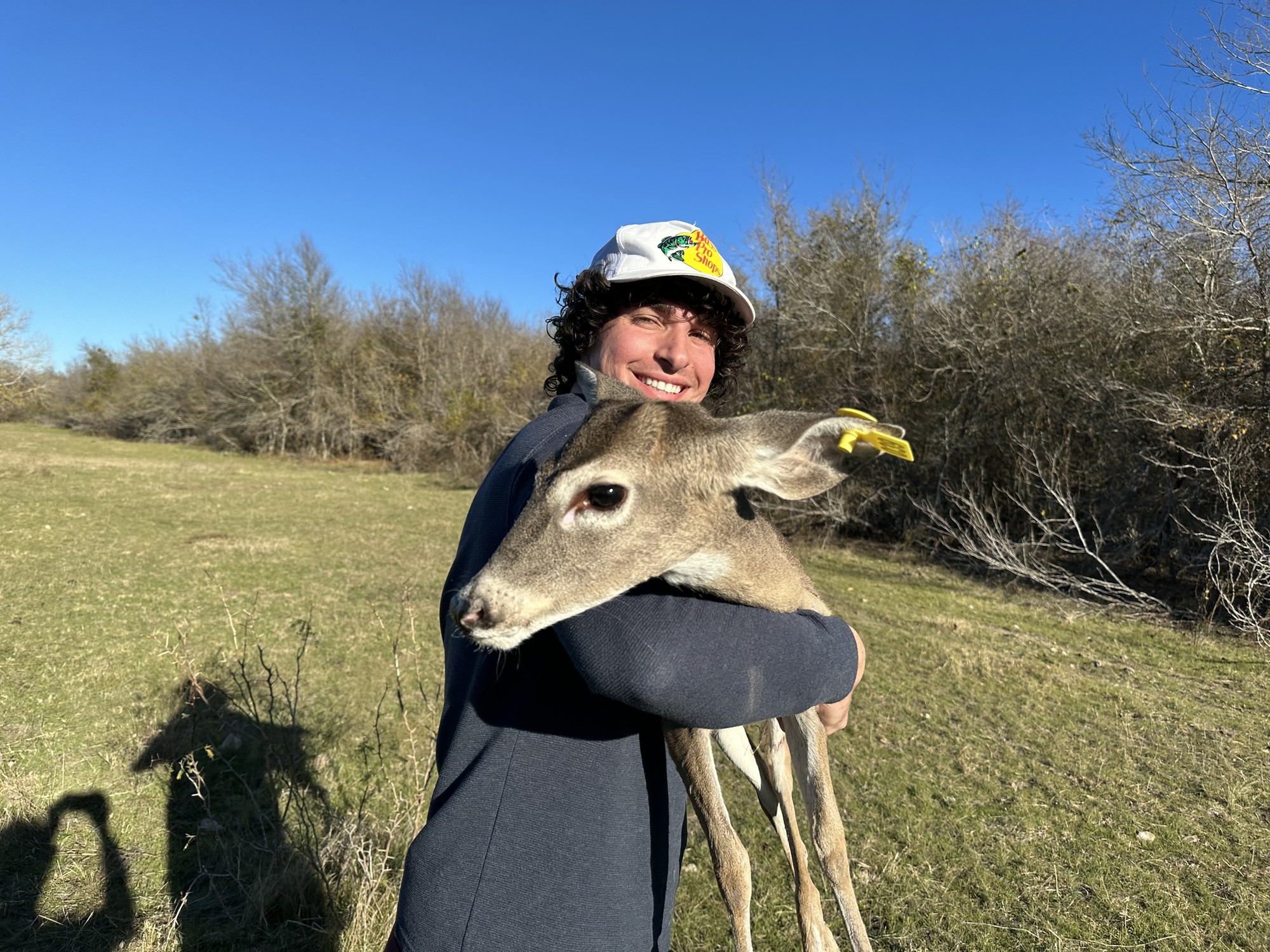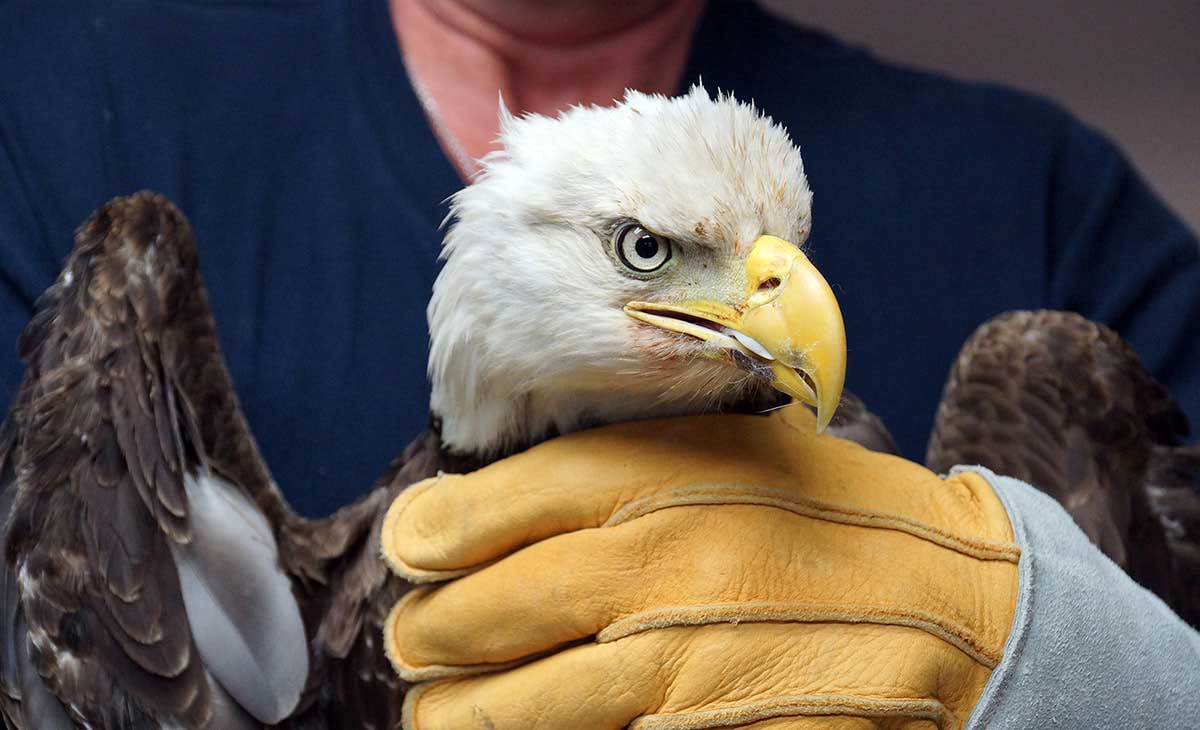Comprehensive Solutions for Wildlife Removal Burlington: Securing Your Home
Wiki Article
Efficient Wildlife Removal Techniques for a Peaceful Home Atmosphere
In the quest of maintaining a peaceful living room, property owners frequently deal with the obstacle of wild animals invasions, which can disrupt the tranquility of their setting. Executing reliable wildlife removal methods needs a nuanced understanding of both gentle exemption strategies and preventative measures.Identifying Common Wildlife Intruders
Determining common wildlife trespassers is an important very first step in efficient wild animals administration. Recognizing the certain species that frequently infiltrate industrial and household rooms allows homeowner and wild animals professionals to apply targeted strategies for reducing potential damages and health dangers. Common intruders typically include raccoons, squirrels, bats, and various varieties of birds and rats, each bringing one-of-a-kind obstacles.Raccoons, for instance, are understood for their dexterity and can create substantial structural damages while seeking food or sanctuary. Squirrels, with their propensity for gnawing, can harm electric circuitry, posing fire threats. Bats, while advantageous for regulating insect populations, can end up being an annoyance when they roost in attics, possibly spreading out diseases such as histoplasmosis. Birds, consisting of pigeons and sparrows, often develop unsanitary problems with their droppings, resulting in structural destruction and health and wellness issues. Rodents, such as rats and mice, are notorious for their fast recreation and ability to infiltrate tiny openings, posturing serious health and wellness dangers because of their capability to spread illness.
Humane Exemption Methods
Understanding the usual wildlife intruders is the structure upon which reliable exclusion strategies are built. Determining types such as raccoons, birds, and squirrels aids in developing gentle exclusion techniques tailored to certain behaviors and access approaches. Exclusion is a preventative method aimed at rejecting wildlife accessibility to residential or commercial properties and homes, thus minimizing the demand for even more invasive procedures.The foundation of gentle exclusion involves securing prospective access points. This consists of fixing openings in structures, wall surfaces, and roof coverings, in addition to setting up smokeshaft caps and air vent covers. For smaller invaders like mice and bats, using materials such as steel woollen and caulk to secure voids is necessary. Furthermore, ensuring that windows and doors are safe and secure, which displays are undamaged, can even more discourage entry.
Mounting ultrasonic gadgets or motion-activated lights can inhibit nocturnal wildlife. These exemption techniques not just protect the home atmosphere however also appreciate the wildlife, allowing them to flourish in their natural environments without damage.
Safe Trapping Approaches
When exclusion strategies want, risk-free trapping methods come to be an essential option in wildlife monitoring. Trapping, when executed appropriately, provides a humane and reliable ways of dealing with a prompt wildlife trouble while making sure minimal stress and anxiety and damage to the pet. This technique requires an understanding of both the behavior of the target types and the ethical factors to consider associated with wild animals handling.These traps should be checked frequently to stop undue stress or injury to the caught wild animals. It is essential to adhere to neighborhood guidelines concerning trapping and relocation to make sure compliance with lawful standards and wild animals conservation principles.
In addition, lure selection and positioning are vital elements in making sure effective capturing. Bait ought to be selected based on the dietary preferences of the target species and tactically placed to lure the animal into the catch. As soon as entraped, the pet must be taken care of with about his treatment, making use of safety gear if required, to help with safe transport and launch, thus preserving a calm home and a balanced ecological community setting.
Preventive Home Adjustments
While risk-free capturing approaches resolve instant wildlife issues, lasting options typically entail preventative home modifications to prevent pets from going into human spaces. Applying these alterations not just enhances the safety and security and comfort of your living environment however also reduces the chance of future wild animals intrusions.A vital aspect of preventative strategies is sealing possible entry factors. This entails examining and fixing any kind of gaps or fractures in the structure, walls, and roofing, as these can come to be access paths for wild animals. Mounting chimney caps and repairing damaged vents can protect against birds, bats, and rodents from acquiring entrance. Likewise, safeguarding windows and doors with weather stripping and fit together displays includes an additional layer of security.
Landscape design alterations can additionally act as effective deterrents. Trimming tree branches that overhang the roof and removing debris piles can remove courses and habitats that draw in wildlife. Maintaining a clean backyard by safeguarding garbage can and compost heap discourages scavengers such as marsupials and raccoons.

## When to Call Specialists
Expert intervention ends up being critical in circumstances where wildlife concerns go beyond the scope of Do it yourself solutions. House owners might come across conditions where the intricacy or danger of the wild animals issue necessitates specialist experience.
Furthermore, infestations including secured or threatened varieties call for a nuanced strategy to follow lawful regulations. Specialists are furnished with the required authorizations and understand the legal frameworks controling the handling of such types. This makes sure that removal is conducted fairly and within legal borders.

Lastly, when wildlife presents a persistent problem regardless of repeated DIY initiatives, specialist solutions can provide detailed examination and lasting solutions tailored to avoid reappearance - wildlife removal Burlington. Their competence not just fixes the prompt concern but likewise safeguards the home environment in the future
Final Thought
Applying reliable wildlife removal techniques is essential for preserving a relaxed home environment. Determining usual wildlife trespassers and using humane exclusion strategies are foundational actions. Safe capturing approaches ensure the humane capture of relentless animals, while preventative home alterations, such as sealing entry factors and safeguarding garbage can, decrease future invasions. Consulting professionals is suggested for complex scenarios that call for experience. Together, these techniques produce an unified redirected here home without wild animals disruptions.
These exemption methods not just secure the home setting but additionally appreciate the wildlife, enabling them to prosper in their all-natural habitats without harm.
Executing effective wildlife removal techniques is important for keeping a serene home setting.
Report this wiki page